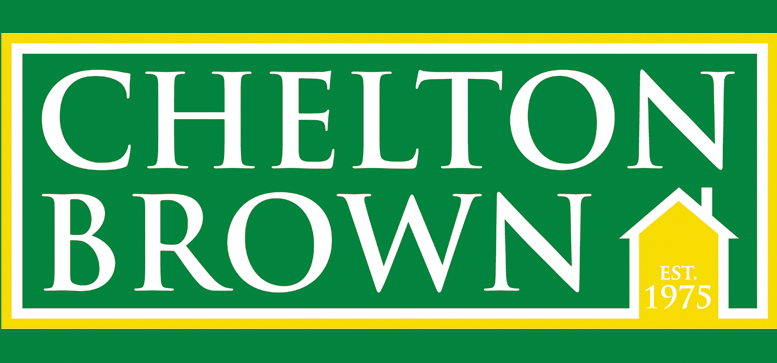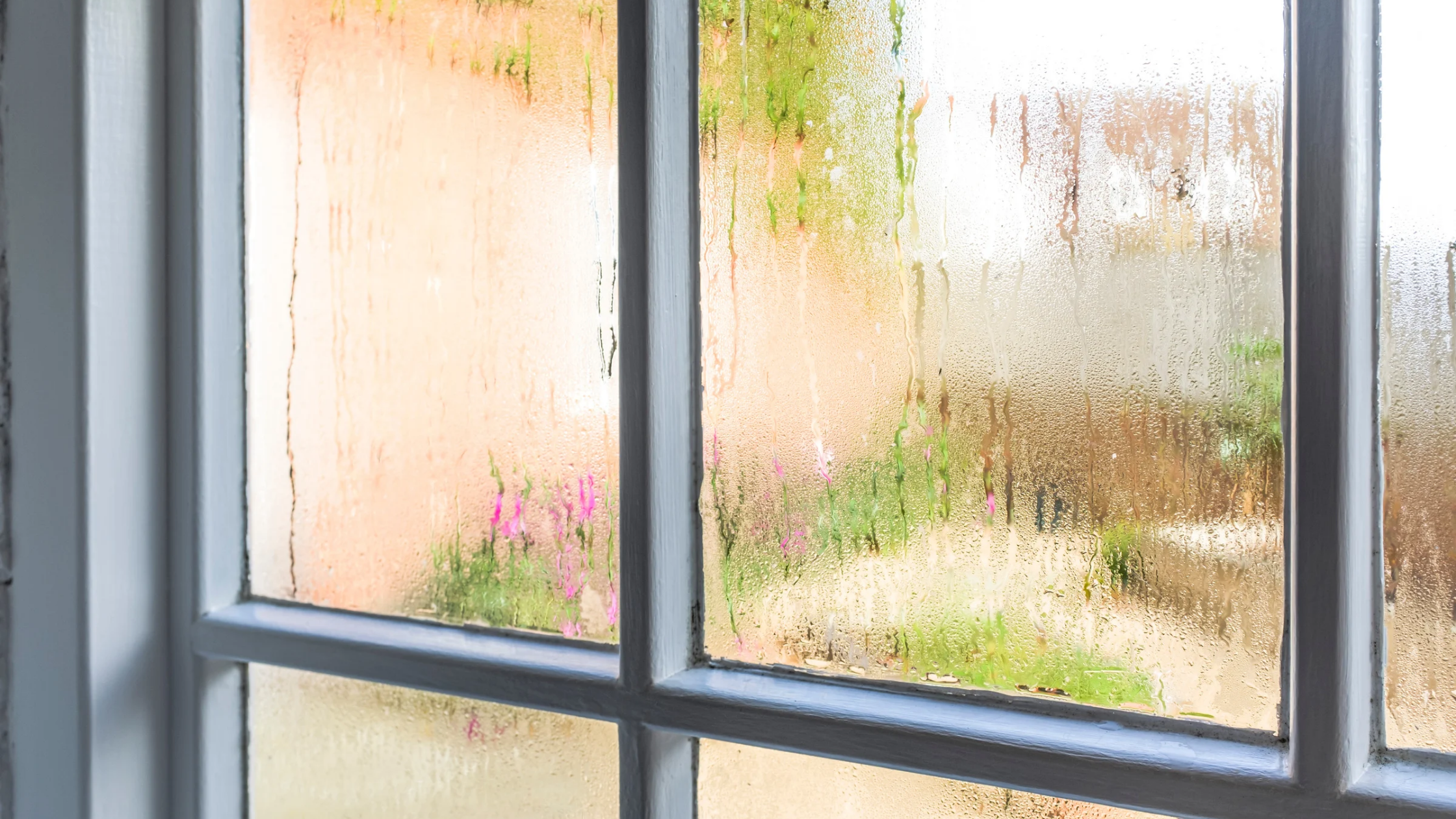Damp, condensation and mould in residential property
CONTEXT
Tenants, letting agents and landlords all need to contribute to preventative measures to reduce the impact on living conditions and properties. Taking reasonable steps to tackle damp and mould is not only about looking after your health, it is your responsibility as a tenant. We hope that this factsheet is useful for all parties in preventing issues with damp, condensation and mould.
WHAT IS CONDENSATION AND WHATCAUSES IT?
Condensation is water droplets created by warm air hitting a cold surface. This causes surface dampness which if left unattended, leads to mould growth. This is an issue affecting homes in the UK and is commonly caused by internal room temperatures with insufficient heating and a lack of adequate ventilation. If houses are colder than usual for example because heating is not switched on, this can increase condensation.
WHAT CAUSES DAMP AND MOULD?
If condensation is not addressed, this can lead to problems such as mould. Mould is a fungus that grows on wet surfaces, routinely caused by excess moisture resulting from condensation when walls and windows are cold and there is high moisture content in the air. Alternatively in cases where damage or decay has occurred penetrating leaks can cause damp or if there is a defective damp proof course, rising damp can occur in basements and ground floors. Please note that rising damp does not generally result in growth of black mould.
WHO IS RESPONSIBLE?
While homeowners have clear responsibility for dealing with damp and mould, in property with tenants the responsibility is shared between landlords, managing agents and tenants.
HOW IS RESPONSIBILITY SPLIT?
Tenant’s responsibilities:
• Using an appropriate cleaning product at regular intervals
• Putting lids on pans and using an extractor fan when cooking or showering
• Not hanging wet clothes on radiators or drying clothes indoors at all, if possible
• Running a reasonable amount of heating in the house
• Keeping vents on UPC windows open
• Ensuring that furniture is not preventing air flow by being placed against walls or in front of radiators
What can agents and landlords do?
• Decorate properties using anti-mould paint
• Inspect the condition of the property at regular intervals and in response to any concerns raised by the tenant
• Ensure appropriate insulation and draught proofing are in place
• Ensure vents and fans are working
• Ensure tenants know how to use the heating system and thermostat controls efficiently
• Repair any leaks or plumbing issues promptly
HOW CAN IT BE TREATED?
Damp and mould in domestic properties can lead to health issues and exacerbate existing allergies and respiratory conditions. There are simple steps that both tenants and owner occupiers can take to prevent damp and mould. Everyone should understand how daily routines can contribute to damp and mould around the house and how to prevent issues arising.
SIMPLE PREVENTATIVE STEPS
Drying clothes
Hanging wet clothes on radiators increases the moisture in the air which then flows around the house, collecting on cold surfaces and contributing to the growth of mould. To avoid this, dry clothes using a tumble dryer if provided, on a portable heated plug-in airer with a cover or on any airer in a well-ventilated space with an open window or dehumidifier to draw moisture in from the air.
Air needs to flow, even in cold weather
The average person breathes out approximately two litres of water every24 hours and an average family of four will generate nearly 14 litres of water a day during cooking, washing, drying clothes and bathing. Historically this vapour would have naturally escaped, however measures such as double glazing and insulation now trap that moisture inside the house. External windows and trickle vents need to be opened regularly to
allow fresh air to circulate. Without opening windows moisture builds up and creates mould on cold surfaces like walls. Likewise, if furniture is placed directly against walls or radiators, or if cupboards or wardrobes are solidly packed with possessions air is prevented from circulating, contributing to damp conditions.
Heating systems
The World Health Organisation Guidelines for Indoor Air Quality: Dampness and Mould (See more information) recommends keeping rooms between 18c – 20c. Having heating regularly on, even at a low temperature, helps to prevent damp and mould. For any advice on thermostats or heating controls, speak to your letting agent.
Make use of extractor fans provided
Running a hot shower or bath, or boiling water for cooking creates steam and additional moisture in the air which circulates and collects on cold surfaces around the house. Putting an extractor fan on where provided,
throughout and following showers and cooking creates a vacuum effect. Moisture is pulled out of the air into the fan and released outside through vents or pipes. If you need any advice or adjustments to extractor fans
speak to your letting agent.
Use a dehumidifier
A dehumidifier pulls moisture in from the air, thereby reducing vapour and dampness that is generated by, for example drying clothes. Portable dehumidifiers are widely available at different price points through online
and high street retailers.
Add plants to lower humidity levels
Several groups of houseplants have characteristics that help to reduce humidity levels including the peace lily, ferns, orchids, palms and spider plants.
Remove pooling moisture to prevent build up
It is important to note that any condensation or surface dampness that collects on windows or walls, should be wiped with a clean cloth or towel daily. This will minimise the subsequent appearance of any black mould.
Check for penetrating damp
If you see evidence of leaks from plumbing or from a damaged roof, chimney or guttering which is causing water supply to penetrate the property or repeatedly flow against walls, contact your agent. Repairs
should be dealt with promptly to prevent more complex damage occurring. While waiting for the repair, limit any internal impact by drying surfaces and collecting leaks in a bucket or other container.
REMOVAL AND CLEANING
It is very common for mould spots to appear in houses around windows and in bathrooms and kitchens where increased water is circulating and gathering during washing and cooking. Occupiers should dry any wet surfaces regularly and treat signs of mould either with mould and mildew cleaning products which are widely
available from supermarkets and household retailers or with a white vinegar-based DIY treatment.
Wear a face mask to prevent the inhalation of spores, take care to ventilate the room and protect your skin and follow manufacturers ‘instructions for any commercial cleaning products. Alert your letting agent if you have concerns. Sometimes there may be a previously unknown defect in the building which the Landlord
can then address and they can review whether trickle vents are operating effectively.
DAMAGE
If you have any issues with damage or a need for repairs to be carried out, please contact your letting agent so that they can organise an inspection and remedial works.
NB: Your letting agent is there to provide reasonable support with any issues arising from your tenancy and will listen to concerns and organise for an expert to assess for defects where appropriate. Please be aware
that high energy prices are beyond the control of your letting agent and they will not tolerate any communications that become abusive.
Celebrating Women's Impact in the Property Sector: International Women's Day at Chelton Brown
Key Announcements in King Charles III's Speech: Implications for the Property Sector
Exploring the Latest Property Trends in Northamptonshire, UK
Estate Agency UK Jargon Buster: Demystifying the Language of Property
Contact us
4/5 George Row,
Northampton,
Northamptonshire,
NN1 1DF
Telephone: 01604 603433
Contact us
59 High Street,
Daventry,
Northamptonshire,
NN11 4BQ
Telephone: 01327 879431
© Chelton Brown 2017. All rights reserved. Terms and Conditions | Privacy Policy | Cookie Policy | Complaints Procedure
Registered Name: Chelton Brown Ltd | Place of Registration: Northampton
Registered Number: 5521012 | Registered Office: 4-5 George Row, Northampton, Northamptonshire, NN1 1DF








